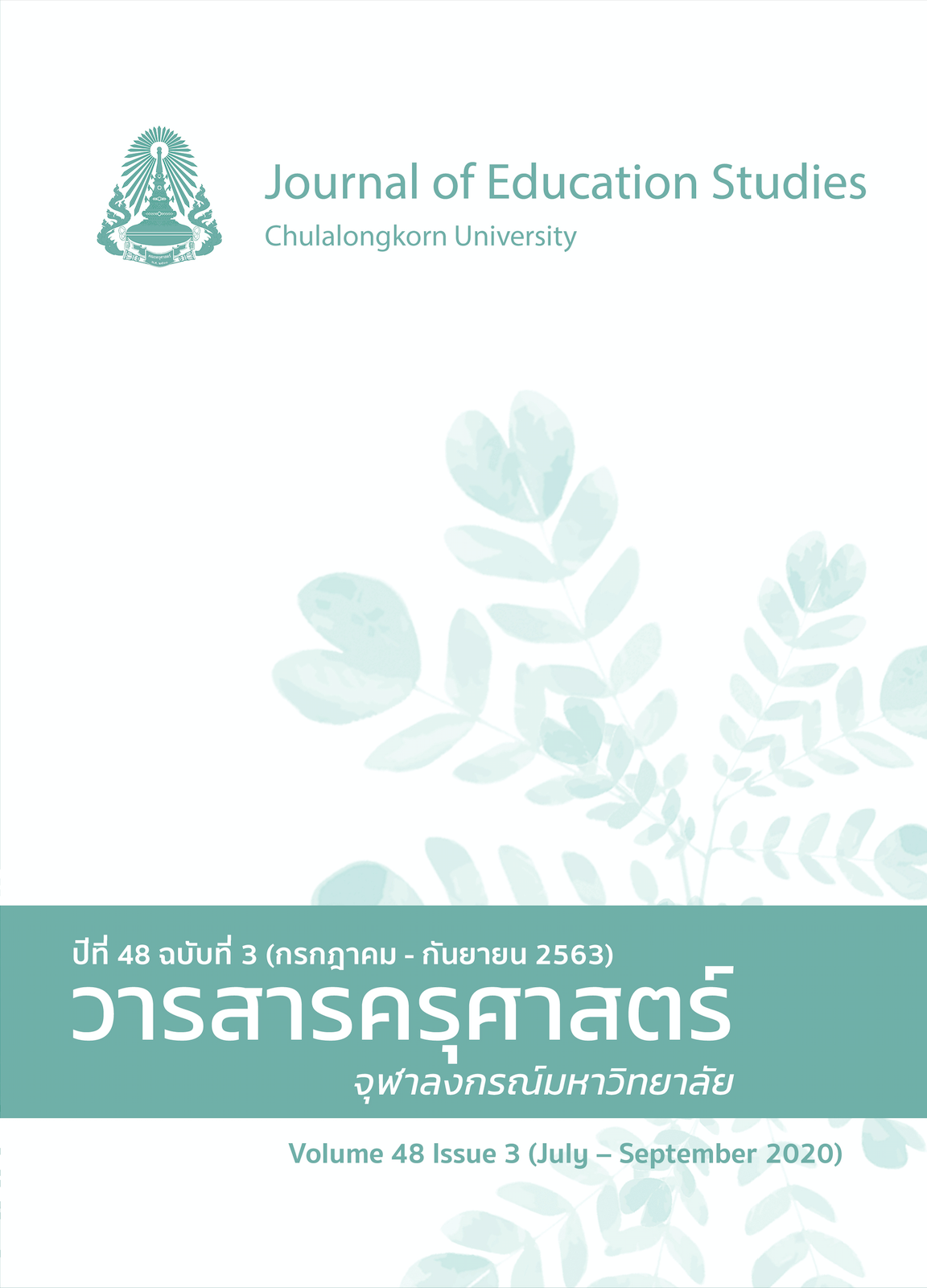Proposed Learning-space Model for Developing Significance of Symbols in Cultural Products
Keywords:
learning-space, significance of symbols, Habitus, cultural products, OTOPAbstract
One Tambon One Product (OTOP) came from blend local knowledge with their resources in each community of Thailand to produce products which have more value. The Concept of insert symbolic into local products also called as value added process. This research have objectives to study symbolic meaning through Habitus, analyze related factors and Conditions, and proposed learning-space model for developing significance of symbols in cultural products, OTOP. Collecting qualitative data and quantitative data from producer and/or entrepreneur, consumers, and involved persons. The results found that 1) Producer and/or entrepreneur give significance to OTOP as a symbolic relations same as consumers. 2) Factors that related to symbolic significance are economic capital, social capital, cultural capital and symbolic capital. Related conditions are producer’s inspirations and love in the profession. 3) Learning-space model for developing significance of symbols in cultural products start from “Habitus” add with 4 kinds of capitals and become in production process which can divided OTOP producer into 3 groups as Basic-Developed OTOP, Stable-Developed OTOP, and International-Developed OTOP. All producers sent their “Symbolic Code” through next generations as Habitus.
References
จุรีย์ พานทอง. (2558). ความเชื่อมั่นในผลิตภัณฑ์ ช่องทางในการรับรู้ข่าวสารและนวัตกรรมของผลิตภัณฑ์ที่มีอิทธิพลต่อการตัดสินใจซื้อสินค้าโอทอปของผู้บริโภคในกรุงเทพมหานคร [การค้นคว้าอิสระ, มหาวิทยาลัยกรุงเทพ]. BU Research. http://dspace.bu.ac.th/bitstream/123456789/
2051/1/juree_phan.pdf
เถกิง พัฒโนภาษ. (2540). สัญศาสตร์กับภาพแทนความ. คณะสถาปัตยกรรมศาสตร์ จุฬาลงกรณ์มหาวิทยาลัย. http://www.arch.chula.ac.th/ejournal/files/article/qyYaZ1mab3Sun
103124.pdf
ธันยมัย เจียรกุล. (2557). ปัญหาและแนวทางการปรับตัวของ OTOP เพื่อพร้อมรับการเปิด AEC. วารสารนักบริหาร มหาวิทยาลัยหัวเฉียวเฉลิมพระเกียรติ, 34(1), 177-191.
รสดา เวษฎาพันธุ์ และ สุมาลี สันติพลวุฒิ. (31 มกราคม-2 กุมภาพันธ์ 2555). แนวทางการพัฒนา OTOP ในเขตภาคกลาง. ใน วุฒิชัย กปิลกาญจน์ (ประธาน), การประชุมทางวิชาการของมหาวิทยาลัยเกษตรศาสตร์ ครั้งที่ 50 [Symposium]. ภาควิชาเศรษฐศาสตร์ คณะเศรษฐศาสตร์ มหาวิทยาลัยเกษตรศาสตร์.
สุนีย์ ประสงค์บัณฑิต. (2553). แนวความคิดฮาบิทัสของปิแอร์ บูร์ดิเยอ กับทฤษฎีทางมานุษยวิทยา. ศูนย์มานุษยวิทยาสิรินธร (องค์การมหาชน).
สุภางค์ จันทวานิช และ รุ้งนภา ยรรยงเกษมสุข. (2549). แนวคิดทางสังคมวิทยาของปิแอร์บูร์ดิเออ. ใน รวมบทความทางสังคมวิทยาและมานุษยวิทยา ปี 2549 (น. 256). ศรีบูรณ์การพิมพ์-คอมพิวเตอร์.
ภาษาอังกฤษ
Allan, K. (2010). Classical sociological theory (2nd ed.). Pine Forge.
Ballantine, J. H. (1997). The sociology of education: A systematic analysis (4th ed.). Prentice-Hall.
Bourdieu, P. (1990). The logic of practice. Stanford University.




